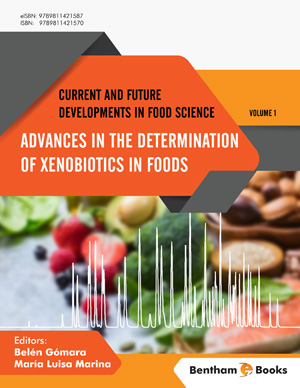Abstract
Perfluoroalkyl substances (PFASs) have been used as surfactants and surface protectors in many industrial materials and consumer products. PFASs have been reported to be associated with numerous adverse health outcomes in humans. Americans have the highest levels of PFASs in their bodies in comparison with populations from other countries. To our knowledge, data on the sources and pathways of human exposure to PFASs are limited. In this study, we determined PFASs in a wide variety of samples (water, food, indoor dust), and calculated exposure dose from various environmental sources including diet. A mass balance analysis was performed by comparison of calculated exposure doses (environmental sources) with modeled doses (biomonitoring results). PFASs occurred widely in drinking water, food, and indoor dust. Breast milk is the major source of exposure to PFASs in breast-fed infants. For PFOS and PFOA, indoor dust and diet are the major sources of exposure in adults. The results of mass balance analysis showed a good agreement between exposure doses calculated based on external sources and those modeled from biomonitoring studies.
Keywords:
Drinking water, Exposure assessment, biomonitoring, Foodstuffs, Perfluoroalkyl substances, PFASs.

